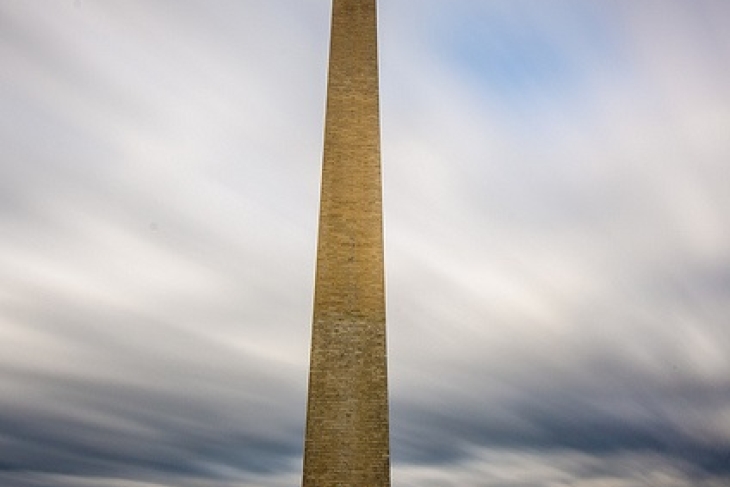As my Bellwether colleague (and D.C. Public Charter School Board member) Sara Mead wrote last week, new information on the performance of the Washington, D.C. charter school sector is extremely encouraging. And while the strong and improving achievement scores are terrific news for kids and families in the city, they also offer even more reason to believe that chartering—if done smartly—can replace the district system for delivering public education in America’s cities.
First, the basics and headlines: For several years now, PCSB, the only active charter authorizer in the nation’s capital, has made public the results of its “performance management framework.” This school-assessment tool provides a comprehensive set of information about schools in PCSB’s portfolio. And, more than ever, that information should give us all cheer.
Each school is rated across a number of indicators (and all of that data is accessible), but it is also placed in one of three categories, with “Tier 1” reserved for schools that are excelling and “Tier 3” for schools performing well below expectations.
In 2014, nearly 12,500 students attended twenty-two Tier-1 schools; that was a 9 percent increase over 2013 in the number of students enrolled in outstanding charters. As PCSB notes in its press release, these schools are located throughout the city, and their racial and income demographics reflect the city as a whole. In fact, eight of the top ten scoring schools serve student populations that are more than 75 percent low-income, and seven of the top ten serve student populations that are more than 90 percent African-American.
Just as exciting, only five schools fell into Tier 3; in fact, most schools with that designation in previous years were closed or have been able to improve.
In short, there are more kids in great schools and fewer kids in struggling schools.
But this fantastic news is part of an even more exciting story. According to a rigorous Stanford study, students in the D.C. charter sector learn several additional months in reading and math annually compared to similar students in D.C.’s district schools. Today, almost half of the city’s public school enrollment is in charters, even more kids are on charter waitlists, and PCSB has the authority to continue growing its portfolio.
I’ll have more to say about the implications of this in two follow-up posts to come. But suffice it to say, I believe Washington, D.C. is on track to become the second city (following New Orleans) to develop the urban school system of the future.
Putting those bigger issues aside for the time being, here are some of the most interesting facts I found in going through the just-released data.
- A number of years ago, a set of D.C. Catholic schools on the brink of closure went secular and converted to charter status (I wrote a case study of these very interesting events for Seton Education Partners). That network, known today as Center City Public Charter Schools, now has three Tier-1 schools (one of which has progressed from Tier 3 in 2011 to the top of the city’s ranks today). Two of the network’s Tier-1 schools (Congress Heights and Shaw) place among the top five charters for reading growth scores, and both serve overwhelmingly low-income African American populations.
- BASIS DC PCS, part of the nationally acclaimed BASIS network, also reached Tier-1 status. It is a racially and economically diverse school and has some of the city’s highest rates of “advanced” performance.
- DC Prep, one of the city’s longstanding networks, continues to excel. Its Edgewood Middle campus, a Tier-1 school for four consecutive years, secured the highest score on the PCSB tool and serves a predominantly low-income African American population. Its Benning Middle campus earned a perfect score for academic progress.
- Two other very experienced D.C. networks, KIPP and Friendship, had exceptional results. KIPP has four Tier-1 campuses; its KEY Academy, a four-year Tier-1 school, is among the highest-performing schools in the city, and its Promise Academy has among the highest growth scores in reading and math. Friendship had three Tier-1 schools, including Chamberlain Middle, which has among the highest growth scores in math.
- Despite our national struggle to create high-performing nonselective-admissions urban high schools, six D.C. charter high schools made Tier-1 status. Among these are SEED (97 percent five-year graduation rate), Thurgood Marshall (100 percent college-acceptance rate), and Washington Latin (a racially and economically diverse four-year Tier-1 school).
In the next few days, I’ll have one post on how strong authorizing practices contributed to these terrific results and one on what this all might mean for the future of public schooling in DC.
Disclosure: DC Prep and BASIS are past clients of Andy’s colleagues at Bellwether Education Partners.
